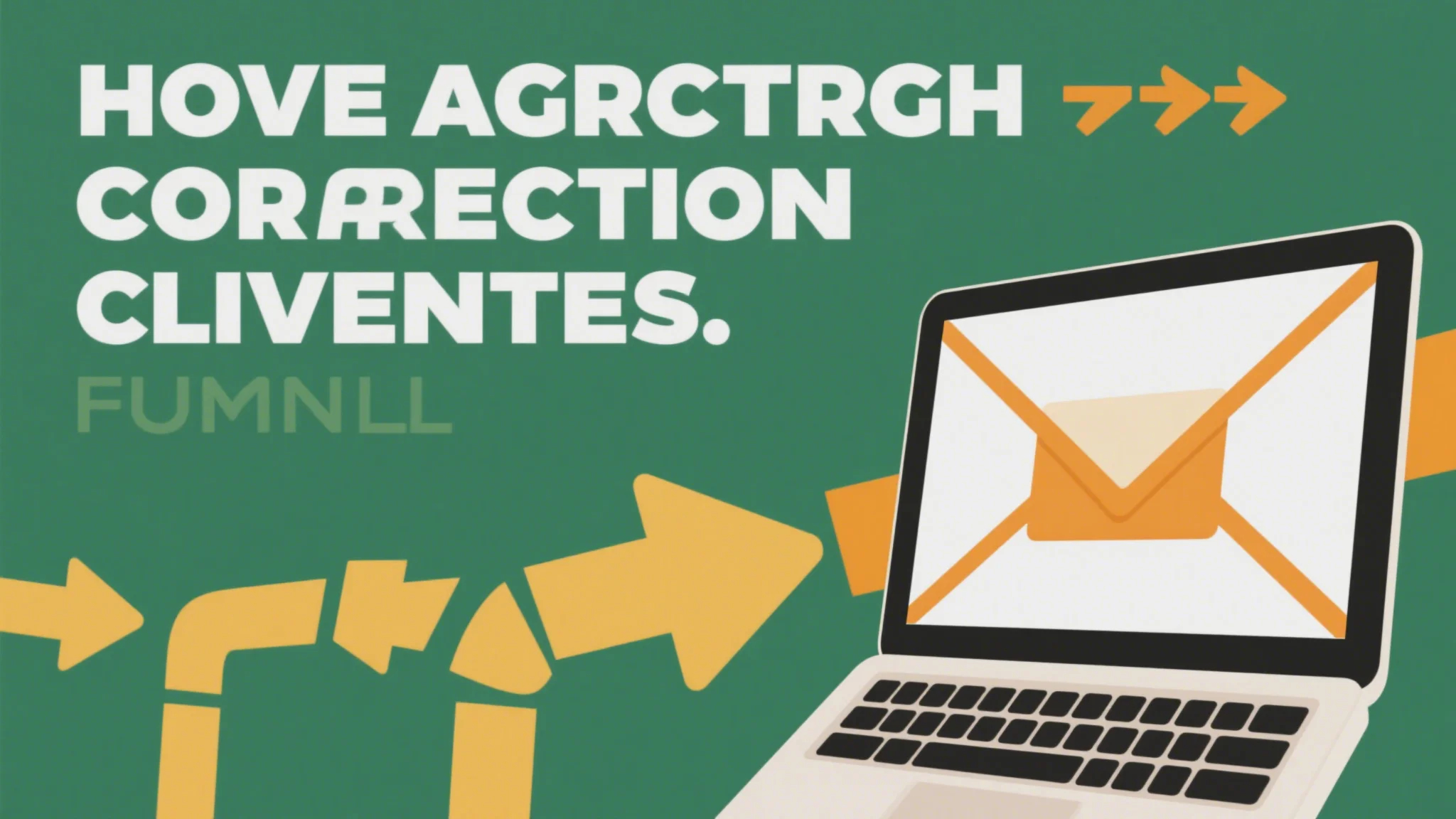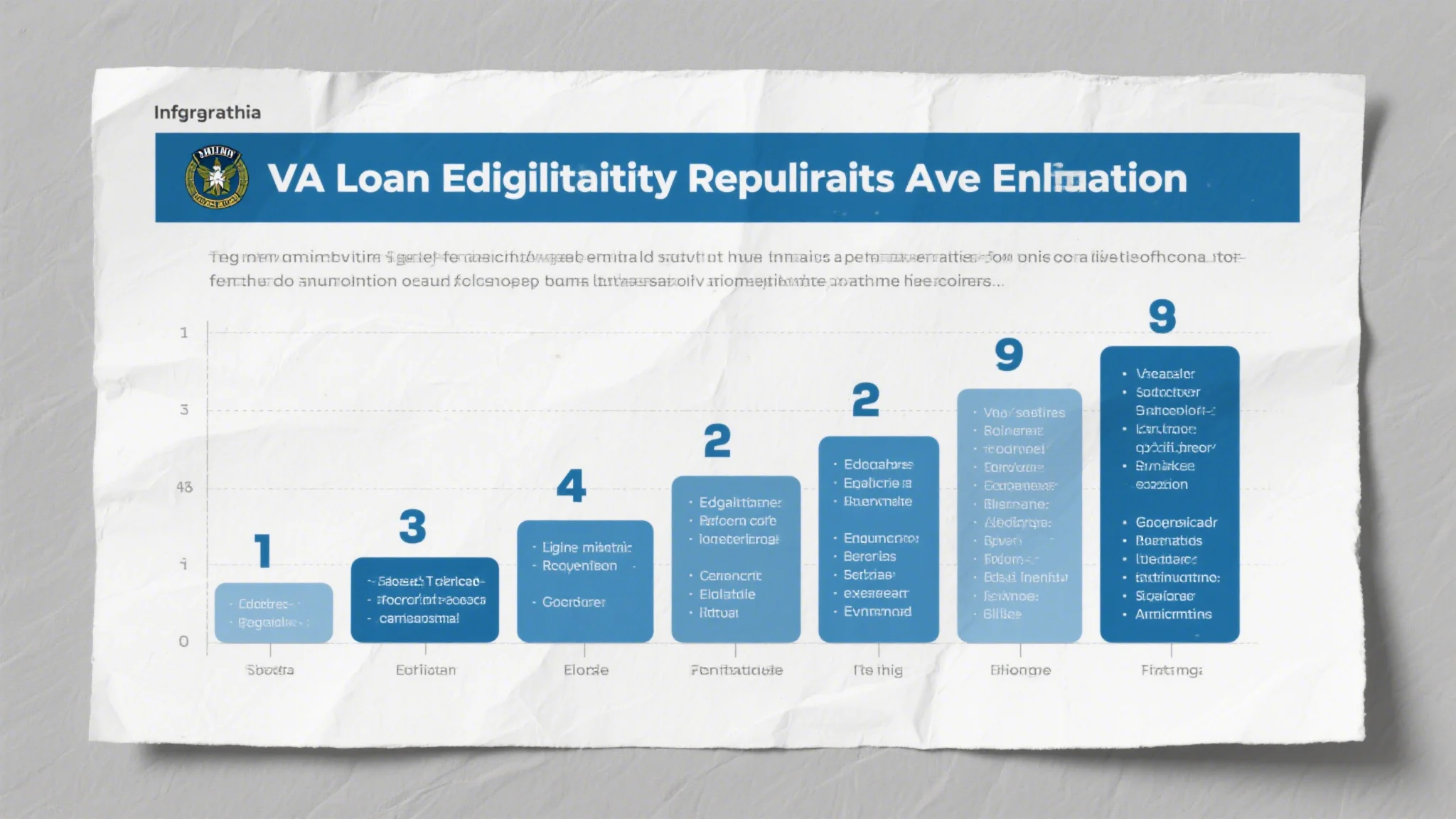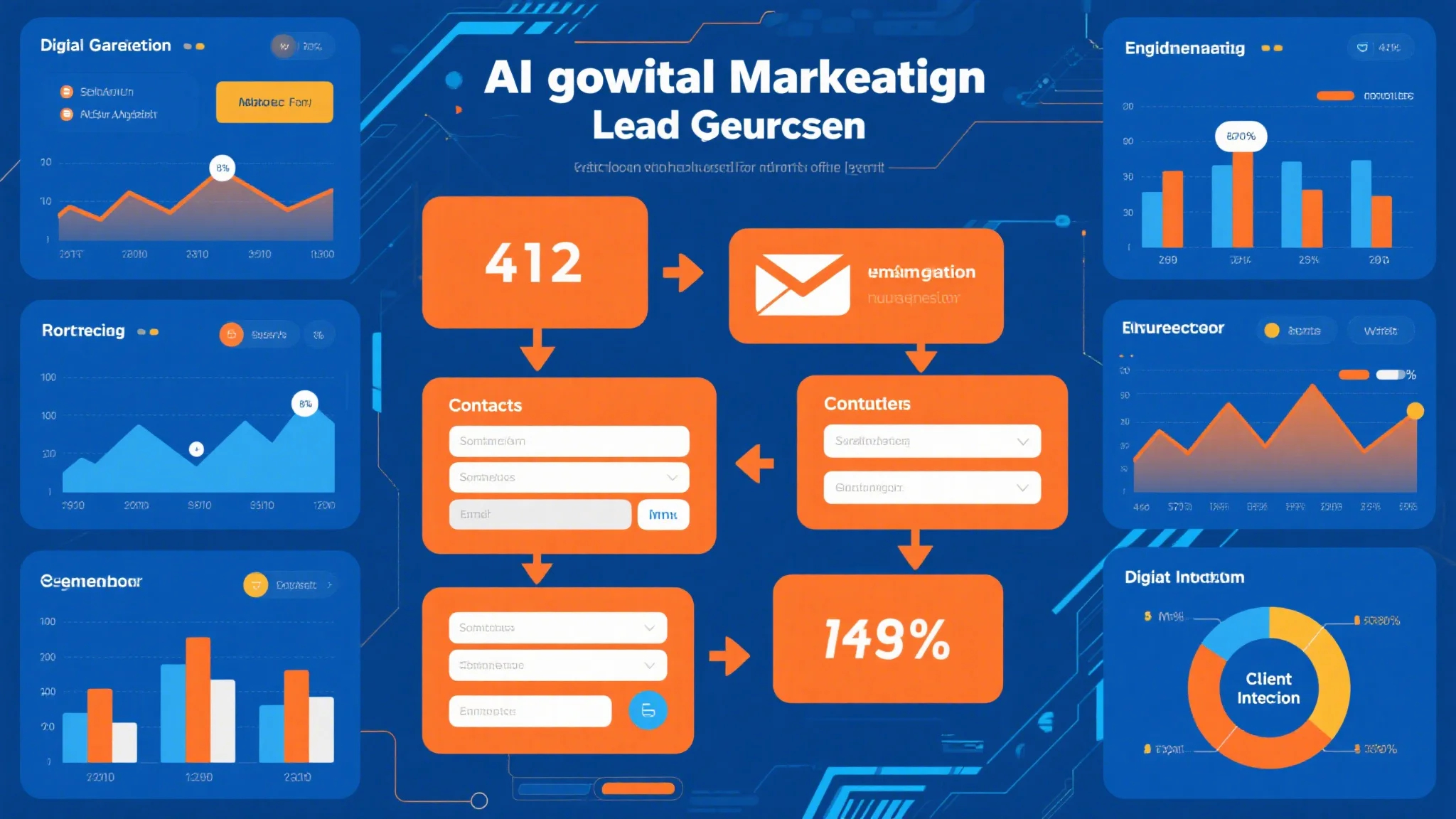In today’s fast-paced business environment, retaining clients is more critical than ever. Research consistently shows that it costs significantly less to retain an existing customer than to acquire a new one. Yet, many businesses struggle to implement effective client retention strategies, often due to time constraints, resource limitations, and the sheer complexity of managing multiple customer interactions manually.

This is where marketing automation comes into play. By automating repetitive tasks and streamlining communication, businesses can deliver personalized, timely, and consistent experiences that foster loyalty and drive retention. But how exactly can marketing automation workflows be leveraged to achieve these goals? Let’s dive deeper.
The Power of Personalization
At the heart of successful client retention is personalization. Customers today expect tailored interactions that demonstrate a deep understanding of their needs, preferences, and behaviors. Marketing automation tools enable businesses to collect and analyze customer data, allowing them to segment audiences and deliver highly customized messages.
For example, consider an e-commerce business that uses automation to send product recommendations based on a customer’s browsing history. If a customer frequently visits the home decor section, the system can automatically suggest complementary items or highlight new arrivals in that category. This not only enhances the shopping experience but also increases the likelihood of repeat purchases.
Moreover, automation can be used to re-engage customers who have not made a purchase in a while. Triggered emails, such as “abandoned cart” reminders or “we miss you” campaigns, can effectively nudge customers back into the buying cycle. These automated interventions are not only cost-effective but also highly impactful, as they are timed to align with the customer’s behavior and preferences.
Streamlining Communication
Effective client retention also relies on consistent and timely communication. However, manually managing email campaigns, social media posts, and other outreach efforts can be overwhelming, especially for small to medium-sized businesses. Marketing automation simplifies this process by enabling businesses to schedule and send messages at scale, ensuring that clients receive relevant content without overwhelming your team.
Consider the following scenario: A SaaS company uses automation to send onboarding emails to new customers. These emails are designed to guide the customer through the platform’s features, provide tips for getting started, and offer support resources. By automating this process, the business ensures that every new customer receives a smooth onboarding experience, reducing the likelihood of churn.
Additionally, automation can be used to monitor customer engagement and adjust communication strategies accordingly. For instance, if a customer opens an email but does not click on any links, the system can trigger a follow-up email with a different subject line or content. This level of adaptability ensures that communication remains relevant and effective, fostering stronger customer relationships.
Enhancing Customer Experience
Beyond communication, marketing automation can also be used to enhance the overall customer experience. For example, businesses can leverage automation to deliver personalized discounts, exclusive offers, or early access to new products based on a customer’s purchase history or behavior. These small gestures can go a long way in building loyalty and encouraging repeat business.
Another powerful application of automation is in the realm of feedback collection and analysis. By automatically sending surveys or feedback forms after a purchase or interaction, businesses can gather valuable insights into customer satisfaction. This data can then be used to improve products, services, and overall customer experience, creating a cycle of continuous improvement.
The Role of Data-Driven Insights
Marketing automation workflows are not just about executing tasks; they also provide businesses with valuable data-driven insights. By analyzing customer interactions, businesses can gain a deeper understanding of their audience’s preferences, behaviors, and pain points. This information can be used to refine retention strategies, optimize marketing efforts, and ultimately drive better business outcomes.
For instance, automation tools can track which email campaigns generate the highest engagement, allowing businesses to identify successful content strategies and replicate them. Similarly, data on customer churn can help businesses identify patterns and采取 proactive measures to retain at-risk customers.
Automating Loyalty Programs
Loyalty programs are a cornerstone of effective client retention, but managing them manually can be time-consuming and error-prone. Marketing automation offers a solution by streamlining the administration of loyalty programs and enhancing the customer experience.
Automated loyalty programs can be designed to reward customers for their repeat purchases, referrals, or engagement with the brand. For example, a customer who makes a purchase can automatically receive points that can be redeemed for discounts or free products. These points can also be tracked and updated in real-time, ensuring that customers always know their rewards status.
Moreover, automation can be used to send personalized offers and reminders based on a customer’s loyalty tier. For instance, platinum members might receive exclusive access to sales or VIP events, while silver members might get a discount on their next purchase. These tailored incentives not only enhance the customer experience but also encourage higher levels of engagement and loyalty.
Predictive Analytics for Retention
Another advanced application of marketing automation is predictive analytics, which uses customer data to predict future behavior and take proactive retention measures. By analyzing historical data, businesses can identify customers who are at risk of churning and intervene before they take their business elsewhere.
For example, if a customer’s engagement has decreased over the past few months, the system can trigger an automated email offering a special promotion or asking for feedback. This proactive approach can help re-engage customers and reduce the likelihood of churn.
Additionally, predictive analytics can be used to identify customers who are likely to make repeat purchases or referrals. By targeting these high-value customers with personalized offers and incentives, businesses can further strengthen their relationships and drive long-term retention.
Continuous Improvement
One of the greatest benefits of marketing automation is its ability to facilitate continuous improvement. By tracking key performance indicators (KPIs) such as customer retention rate, engagement rate, and churn rate, businesses can monitor the effectiveness of their retention strategies and make adjustments as needed.
For instance, if an automated email campaign is not generating the expected results, the business can analyze the data to identify areas for improvement, such as the subject line, content, or timing. By iterating on these campaigns and refining them based on performance, businesses can achieve better results over time.



